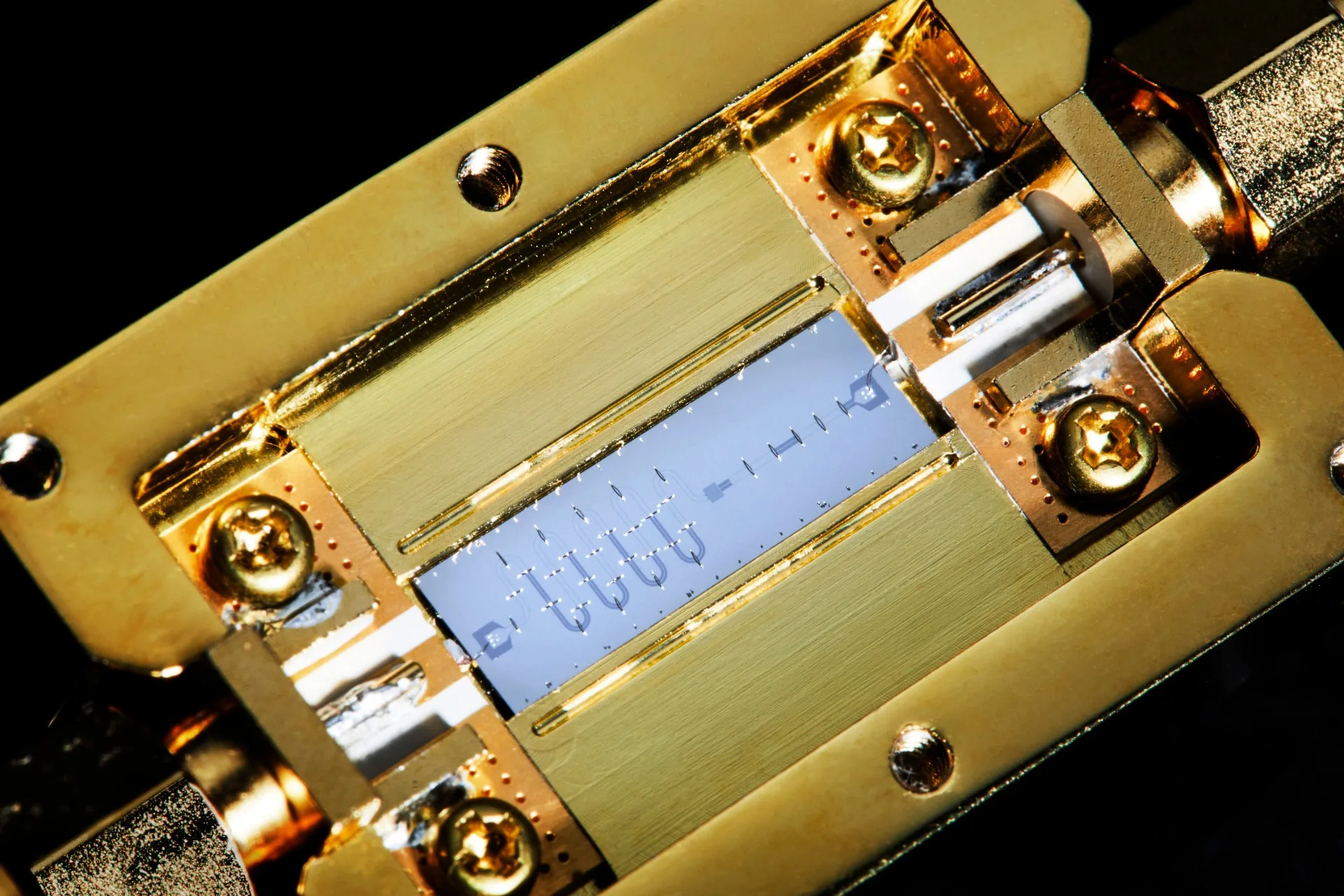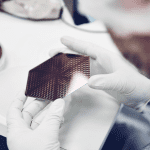Engineers at the University of New South Wales (UNSW) have developed a device that could aid in the search for dark matter. The team, led by Associate Professor Jarryd Pla, created an amplifier that can make precise measurements of weak microwave signals through a process called “squeezing.” This technique reduces the uncertainty of one property of a signal to obtain ultra-precise measurements of another. The device could potentially speed up the search for axions, theoretical particles proposed as a component of dark matter. The team’s work could also have applications in spectroscopy and future quantum computers.
Quantum Engineers Develop Amplifier to Aid Dark Matter Research
A team of quantum engineers at the University of New South Wales (UNSW) in Sydney have developed an innovative amplifier that could potentially assist scientists in their search for elusive dark matter particles. This device, which performs precise measurements of very weak microwave signals, operates through a process known as ‘squeezing’.
The concept of squeezing involves reducing the certainty of one property of a signal to obtain ultra-precise measurements of another property. This technique is particularly useful in the quantum world, where the uncertainty principle, first described by physicist Werner Heisenberg, states that the position and velocity of a particle cannot both be precisely measured at the same time.
The team, led by Associate Professor Jarryd Pla, has significantly increased the accuracy of measuring signals at microwave frequencies, such as those emitted by mobile phones, setting a new world record in the process. The precision of measuring any signal is fundamentally limited by noise, which is the fuzziness that masks signals. However, the squeezer produced by the UNSW team can beat this quantum limit.
The Squeezer: A Device to Reduce Noise
The squeezer works by amplifying noise in one direction, so that noise in another direction is significantly reduced, or ‘squeezed’. This reduction in noise allows for more precise measurements. The device was the result of meticulous work, with a lot of engineering involved to remove sources of loss. This involved utilizing very high-quality superconducting materials to build the amplifier.
The team believes that this new device could help speed up the search for notoriously elusive particles known as axions, which are so far only theoretical, but proposed by many as the secret ingredient of mysterious dark matter.
The Hunt for Axions: A Potential Key to Dark Matter
Making precise measurements is crucial for scientists trying to discover what constitutes dark matter, which is believed to make up around 27 per cent of the known universe. Dark matter neither emits nor absorbs light, making it ‘invisible’. However, physicists believe it must exist due to its gravitational pull, which prevents galaxies from flying apart.
One of the many theories about the composition of dark matter proposes the existence of axions. These particles have never been discovered and are theorized to be extremely small, with an extremely low mass, and therefore interact virtually imperceptibly with other known matter. However, one idea predicts that when exposed to large magnetic fields, axions should produce very faint microwave signals.
The Role of the Squeezer in Axion Detection
The work done on squeezing at UNSW means that measurements for axion detection could now be done up to six times faster, improving the chances of discovering an elusive axion. “Axion detectors can use squeezers to reduce noise and speed up their measurements. Our results indicate that those experiments could now be performed even faster than before,” says A/Prof. Pla.
Broad Applications of the Squeezer
Beyond the search for dark matter, the team’s new amplifying device has other potential applications. The device can be operated at higher temperatures than previous squeezers and also in large magnetic fields. This opens the door to applying it in techniques like spectroscopy, which is used to study the structure of new materials and biological systems such as proteins. The squeezed noise means you could study smaller volumes or measure samples with greater precision.
Furthermore, the squeezed noise itself could even be used in future quantum computers. “It turns out that squeezed vacuum noise is an ingredient to build a certain type of quantum computer. Excitingly, the level of squeezing we’ve achieved is not far off the amount needed to build such a system,” says Dr. Anders Kringhøj, a member of the UNSW quantum technologies team.
External Link: Click Here For More




